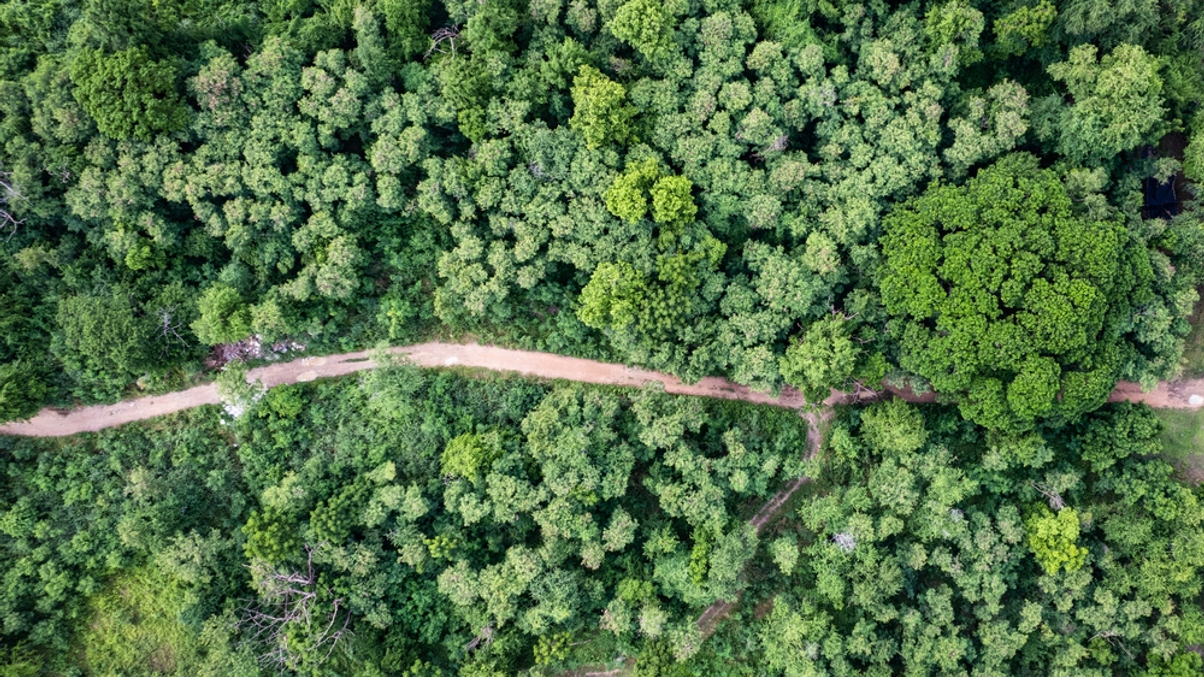SE Asia decarbonisation to create up to $150bn in investment plays
Southeast Asia's window of opportunity to accelerate decarbonisation with actionable ideas was showcased in a report co-authored by Temasek, GenZero and other entities.

Investable opportunities that can be monetised and have an impact are emerging in Southeast Asia's decarbonisation journey, a newly launched report co-authored by Temasek said.
Sign in to read on!
Registered users get 2 free articles in 30 days.
Subscribers have full unlimited access to AsianInvestor
Not signed up? New users get 2 free articles per month, plus a 7-day unlimited free trial.
¬ Haymarket Media Limited. All rights reserved.


